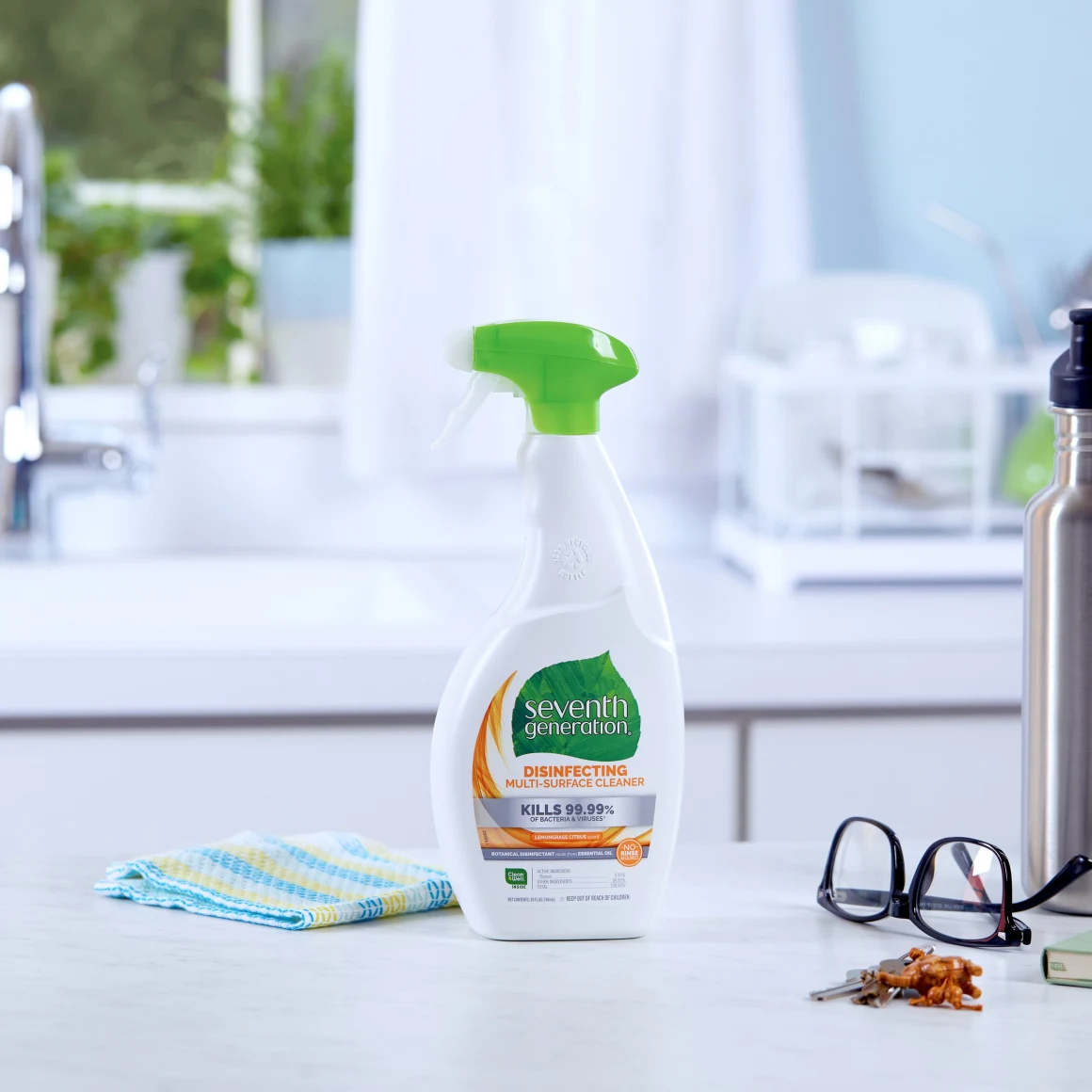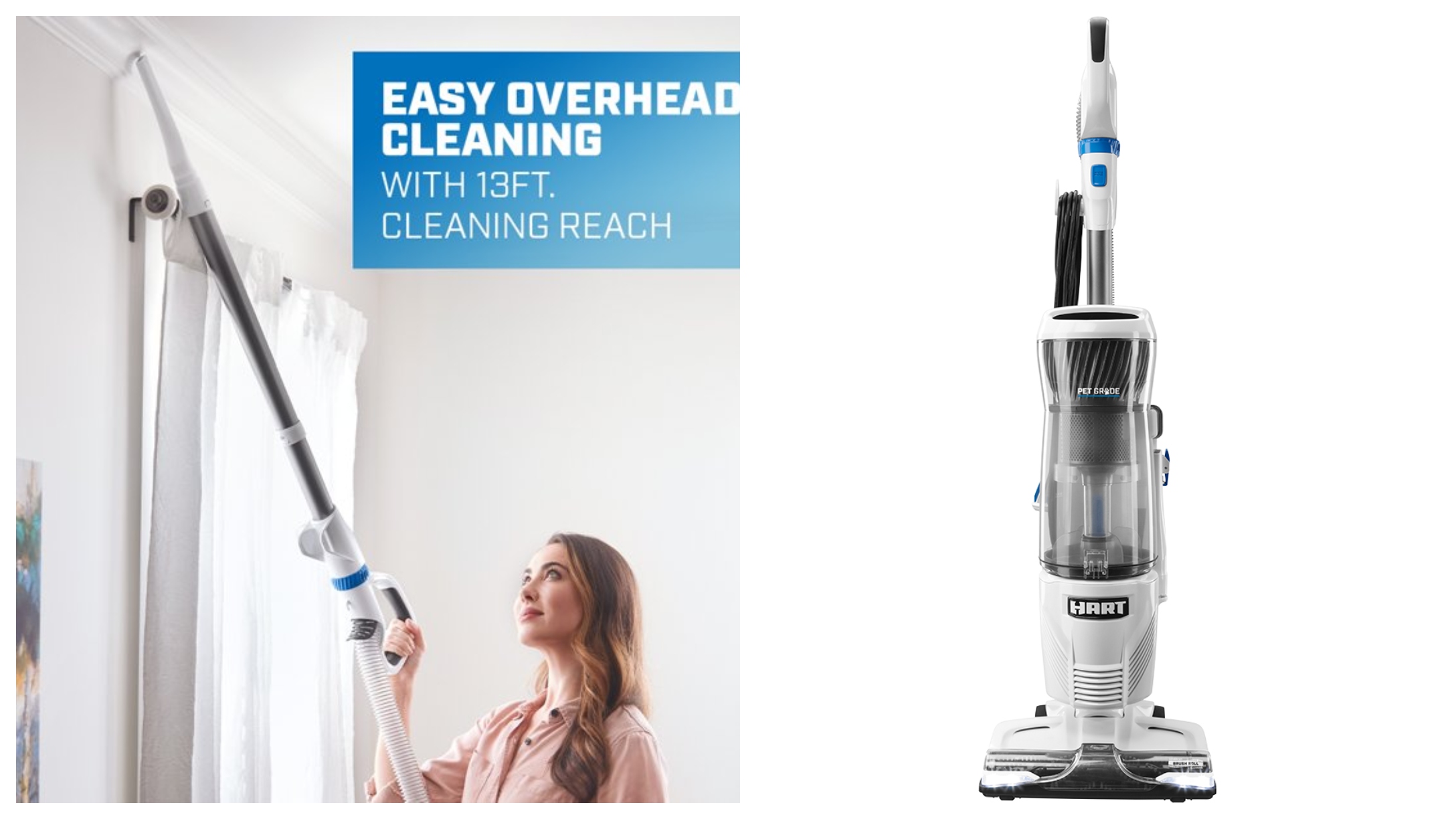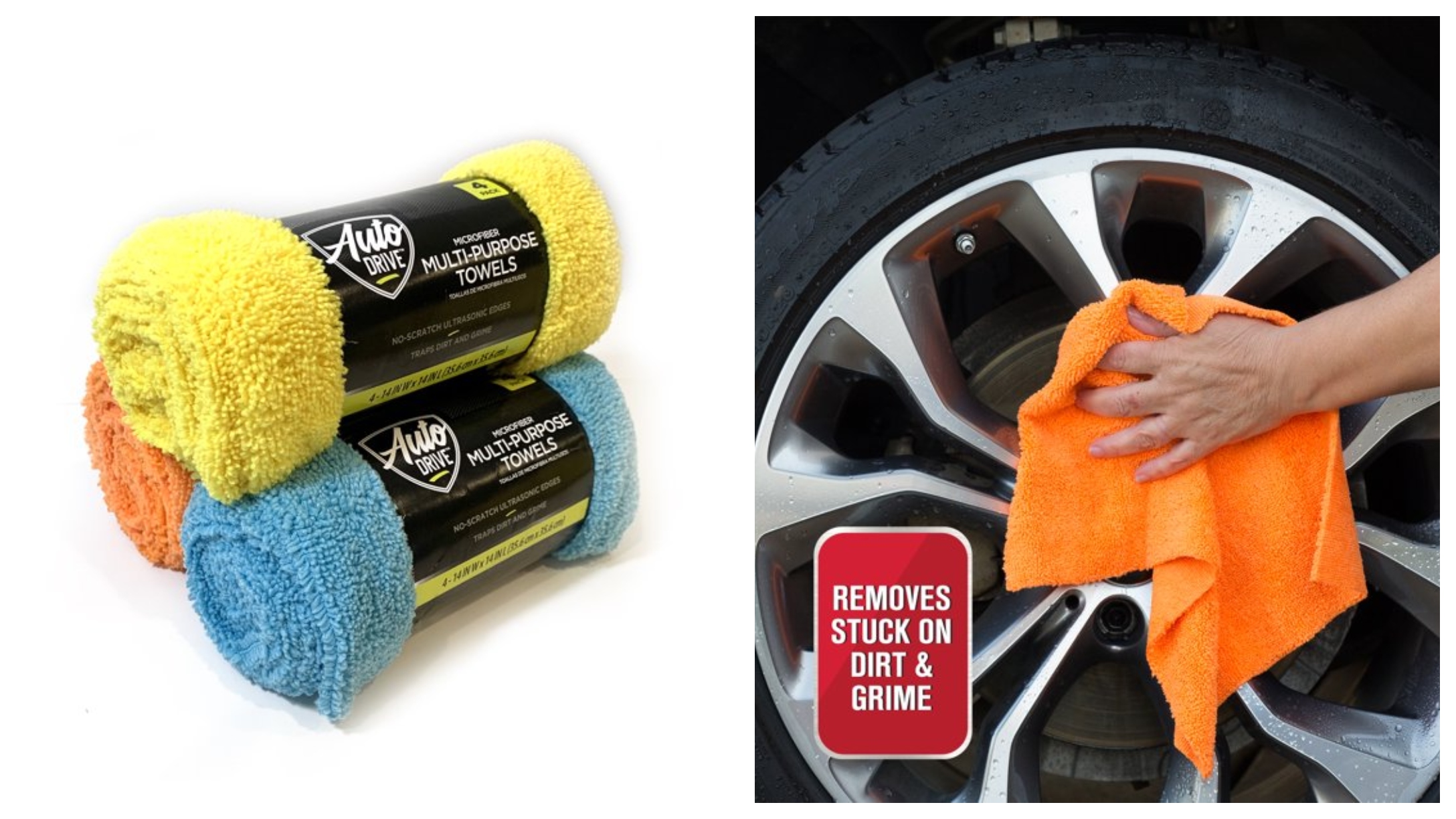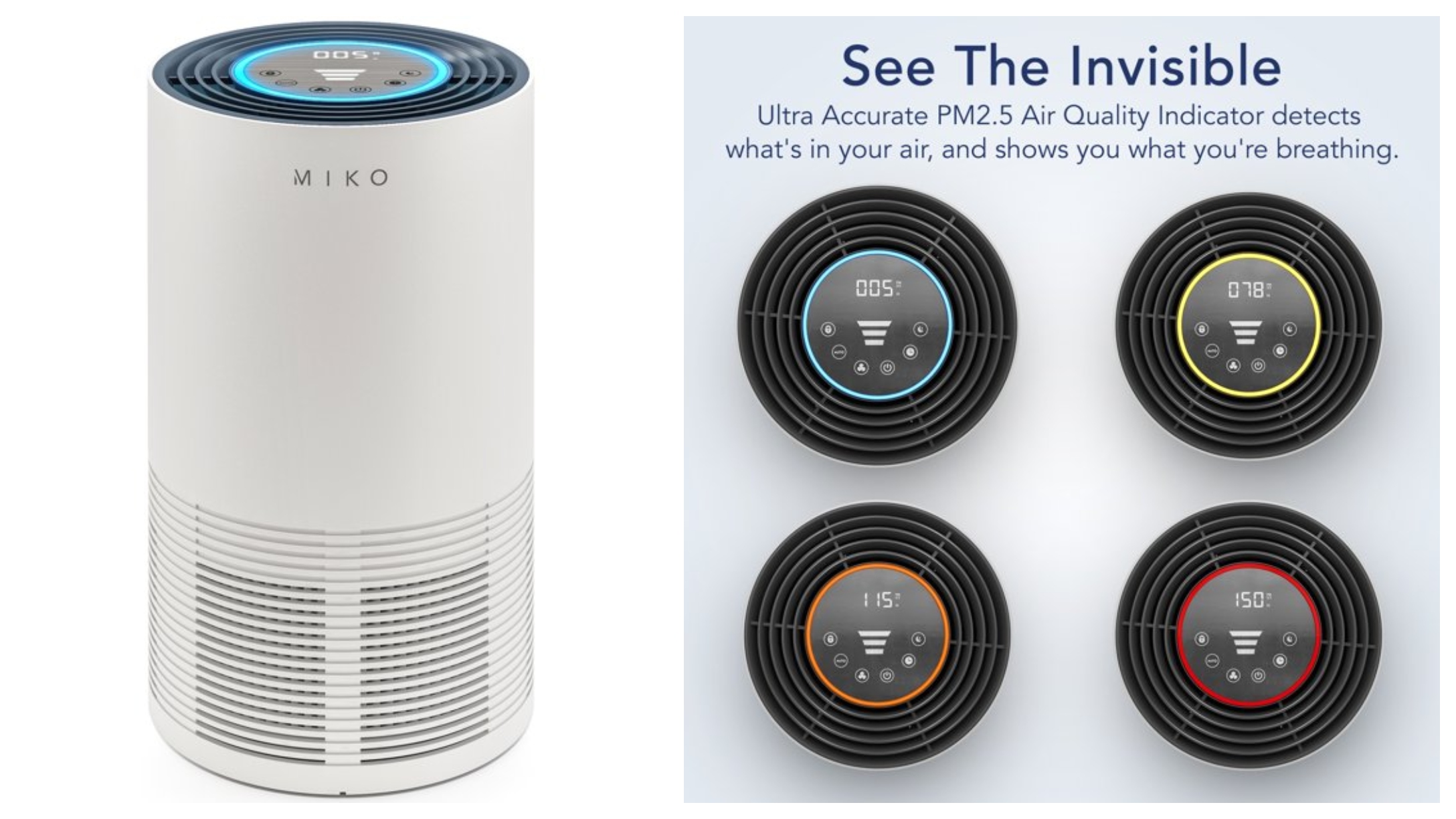
Family health and wellness is always top of mind for parents. We buy organic, invest in our fitness, and do the little things to keep our home healthy. We don’t even take our kids to places that appear “dirty.” But our homes might be the most dangerous place for our families because of a lurking unknown danger. It’s mold, and it’s not just out there — it's literally in your lungs, inside your sofa, and under your sink. These “mycotoxins” can cause symptoms like brain fog, memory loss, chronic fatigue, digestive problems, skin conditions, and other often-misdiagnosed symptoms that are caused by exposure.
The good news? By taking steps to prevent mold from inhabiting your home, or properly detoxifying your house if you have mold, you can improve your health and enhance your life, according to Michael Rubino, an air quality expert who helps bridge the gap between the air in our homes and its direct impact on our health.
LittleThings spoke with Michael to learn about mold, its impact on our health and homes, and what we can do to have a healthy home.
“Over 50% of the American population suffers from mold sensitivity.”
— Michael Rubino
“In extreme cases, mold can leave these millions of people bedridden and incapacitated," says Michael. "What’s even scarier is that 1 in 4 family members are experiencing adverse health reactions in their own home and don’t even know the cause may be mold. Mold, bacteria, and toxins are slowly killing people in their homes because we, as a society, don’t consider how much our indoor air quality and mold affects our health.”
Michael notes eye-opening statistics, stating, “Americans spend approximately 90% of their time indoors, according to the EPA. As the World Health Organization reports that 9 out of 10 people breathe polluted air, this data indicates a serious problem with our indoor air quality. The lack of attention given to this health issue has created a national health problem, and we need to encourage people suffering from unexplained illnesses to check their environments.”
In his book The Mold Medic, Michael teaches you how to assemble a team to locate the mold, what it takes to detoxify your house, and how to improve the air quality of your home.
Below, he shares with LittleThings his steps to a healthier home. Be sure to add these to your spring cleaning checklists.
1. Switch to Botanical Cleaning Products

“When looking for a cleaning product to get rid of and prevent mold, homeowners need something that will eliminate mold spores, kill mold, and remove it from the roots,” Michael shares. “All of the contamination should be eliminated so that there’s no exposure to harmful particles. That’s where botanical products shine. Instead of harmful components, botanical products use ingredients like essential oils to effectively clean and remove toxic particles that can cause adverse health reactions. These nontoxic ingredients also don’t decrease the indoor air quality with harmful particles and reduce the risk of exposure-related reactions. As an added bonus, by not containing harmful chemicals, they won’t feel threatened and release microscopic toxins called mycotoxins.”
2. Use a HEPA Vacuum

“In order to qualify as HEPA, the filters have to filter out particles as small as 0.3 microns 99.7% of the time, at least,” says Michael. “When you’re trying to remove teeny-tiny particles from a home, this is the type of technology needed. Otherwise, they’ll blow right through the vacuum and straight back into the air.”
3. Ditch Paper Towels and Use Microfiber Towels

“Microfiber towels are 100 times better at removing tiny particles than regular rags,” according to Michael.
4. Service the HVAC
“The change from heat to air or vice versa can cause condensation, leading to mold growth within the ducts or system itself,” explains Michael. “That means that once the system is turned on, moldy particles will blow all throughout the home. To prevent this, schedule a service technician to come in and assess the HVAC. This professional should test for mold; clean the coil; make sure the blower, furnace, and cabinets are clean; and ensure that everything is operating correctly.”
5. Change the Air Filters
“Switch to the highest-rated MERV filters possible for the specific HVAC and replace them on time,” says Michael. “The details on which can be used and when to replace them can be found in the manufacturer’s instructions. The key thing to keep in mind is that the smaller the particles these filters can eliminate, the better. When you’re dealing with microscopic particles like mold spores and mycotoxins, you want filters with the technology to actually eliminate them from the air. Otherwise, they’ll just circulate straight back into the home.”
6. Schedule a Home Inspection
“Hiring a professional to come and assess the home will let you know if there’s a hidden mold problem from an event such as a leak caused by freezing pipes during the winter or some sort of structural issue that’s allowing for growth,” advises Michael. “A few areas they’ll assess should include the roof, windows, walls, ceilings, and exterior doors.”
7. Clean Kitchen Appliances
“If the appliance deals with liquids, there’s a chance that mold can settle in and start to grow,” warns Michael. “Appliances you should deep-clean include the fridge — including the water spout — dishwasher, coffee maker, blender, and microwave. For each, the basic cleaning steps are to disassemble whatever parts can be removed, clean with white vinegar, and wipe thoroughly with a microfiber towel. Make sure each is dried completely before reassembling.”
8. Turn On the Air Purifiers

“While cleaning, it’s inevitable that microscopic particles like mold spores and toxins will get kicked up into the air,” says Michael. “To remove these and make sure they don’t settle right back down on the surface, turn on those air purifiers to remove anything floating around in the air. Not all air purifiers are made the same, though, so make sure yours can filter out these small particles instead of just sending them right back into the room.”
9. Flip the Mattress
“While spring cleaning, strip the mattress, HEPA vacuum it, and flip it to the unused side,” suggests Michael. “This aerates the bed and removes any unwanted particles lingering on the surface. While you’re vacuuming, keep a close eye out for any discoloration that could be mold. Also, use your nose to see if there’s a funky smell. Mold growth often creates a musty, earthy, damp odor.”
10. Wash Bathroom Items
“With bathrooms constantly being bombarded with mold, it’s important to regularly clean all of those items that get wet,” cautions Michael. “Throw towels, washrags, bath mats, and anything else into the washing machine with a botanical cleaner.”
11. Deep-Clean Every Room to Clear Dust
“Clean every surface, corner, and cranny of each room in the house,” says Michael. “Use the HEPA vacuum on every possible surface in every room, including floors, couches, chairs, inside cabinets, and any other area you can reach, then follow up with the botanical cleaning products and microfiber towels. Mold spores settle where dust settles, so the more dust you see, the more microscopic particles there are as well. Eliminating these decreases the exposure families have to particles that can trigger adverse health reactions. Mold colonies also use organic particles like dust as food sources, so actively removing this component helps prevent growth.”
12. Handle the Sink Faucets
“With constant water use, particles from the kitchen or bathroom, and mineral buildup, these can become gold mines for mold growth,” according to Michael. “Clean the faucet by tying a bag filled with vinegar to it and allowing it to soak for at least half an hour. Vinegar is a descaler and will break up any mineral buildup that can support mold. From there, use a small brush to scrub the faucet head to remove any residue and wipe with a microfiber towel. If there are any existing leaks, fix them so there aren’t any watery opportunities that will allow mold to grow.”
13. Clean All of the Caulk
“Spray all of the caulk down with 8% hydrogen peroxide, let it sit for at least 10 minutes, and then wipe with a microfiber towel,” instructs Michael. “Hydrogen peroxide can penetrate semiporous surfaces and bring any particles — like mold spores — up to the surface. While you’re cleaning, check for any cracks, gaps, or holes. These can trap particles and water, allowing for mold growth. If there are any, fix them as soon as possible to prevent a moldy situation.”
14. Tackle the Cabinets

“Cabinets aren’t really a place we clean often, which can make them perfect locations for mold growth,” shares Michael. “To clean these storage areas, use a HEPA vacuum cleaner and go over the area from top to bottom. Then, spray a botanical cleaner on a microfiber towel and get into every nook and cranny of the space. While you’re there, check for any moldy issues that might be hiding inside. The faster you locate a problem, the better.”
15. Check Mold Hot Spots Around the House
“While you’re working around the house, check spots that are prone to mold growth,” advises Michael. “These include moisture-rich areas and places that you don’t take a close look at often. The sooner you can catch mold growth, the less contamination there will be around the home, the less likely another moldy problem will develop, and the more money you could save in remediation costs. Areas to check can include the toilet tank — lift the lid and peek inside — attic, basement, and crawlspaces.”
By making the health of your home a priority all year long, you can actually take a deep breath and not only feel better but know you truly are breathing in a new beginning to wellness.
 $6.29
from
$6.29
from




